How Long Does It Take To Render A Video
Tabular array OF CONTENTS
How long does it take to render a video?
While this is a somewhat open question by nature, I'm going to do my best to pause down the answer in this article past helping you lot understand each footstep of the video rendering procedure and how different parts of your hardware bear upon those steps.
I'll be including benchmarks to illustrate my points, besides equally places to go for hardware recommendations if you demand them afterward— by the end, you should have a practiced answer for how long it takes to render a video.
Video Render Time: Understanding The Video Rendering Process
Showtime, let'due south showtime by establishing the video rendering procedure, and a few factors to accept into consideration before the return even starts.
Before The Render: Footage Quality and Render Options (Two-Pass, etc)
The quality of the footage that you're using will make a tangible impact on your final render times, and probable your editing performance every bit well.
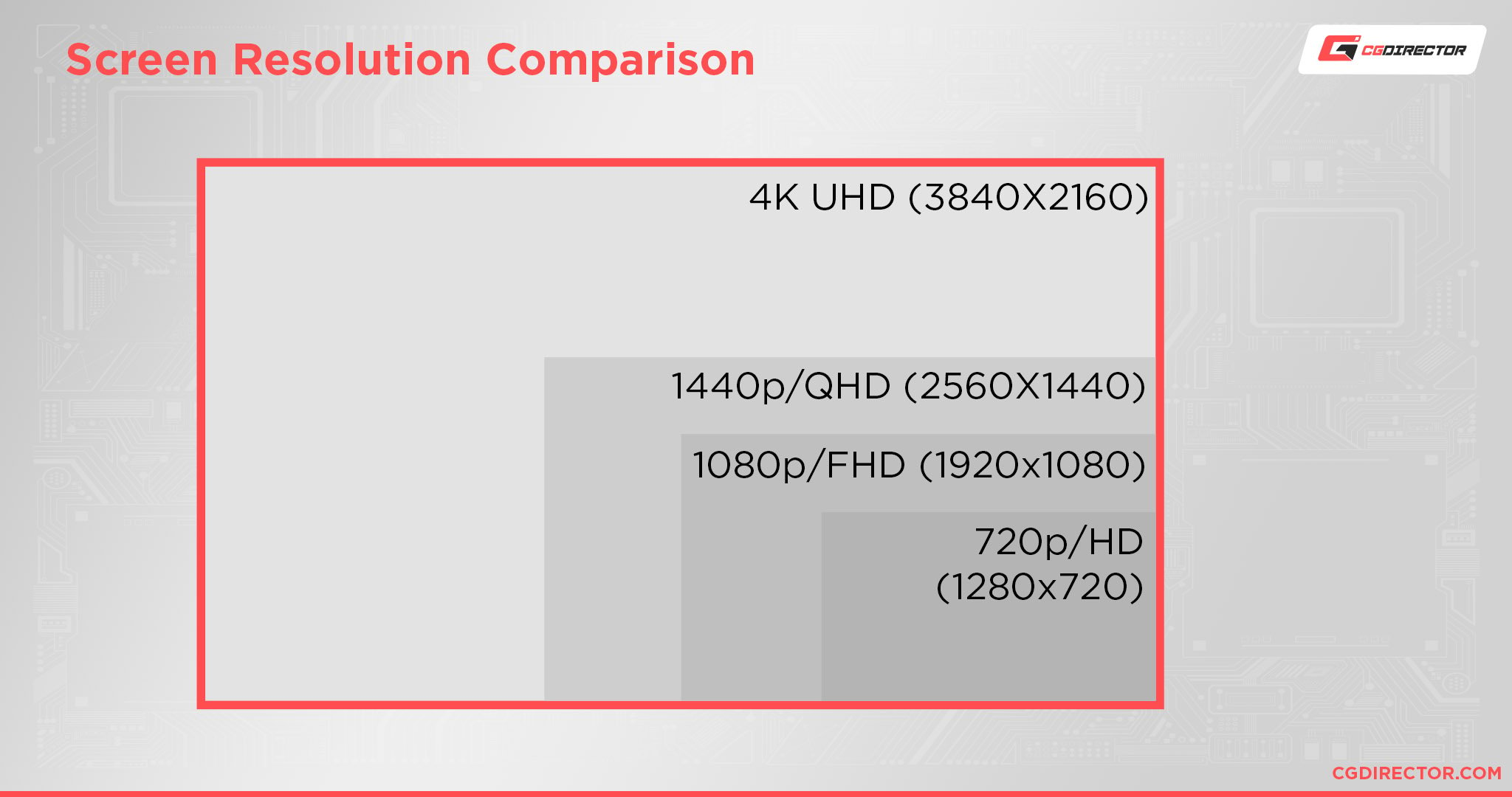
1080p has roughly a 4th of the pixel count of 4K, and from there you can brand a pretty straightforward supposition that 4K will take about four times as long, on boilerplate, to render as 1080p will. 1440p falls somewhere in betwixt.
For the benchmarks I'll exist using today, I'll stick to 1080p, equally that's the most common target resolution for content existence uploaded across the Net today.
Just if you're rendering at higher resolutions than that, be wary that information technology can have a huge impact on your final return times (and the size of your final video file).
Y'all may also come across render options like Two-Pass rendering, which can further increase the final return time.
Ii-Pass renders work past rendering the video finer twice, which, yes, does double the last return time.
Yet, it can definitely be worth it, since the beginning laissez passer is used to clarify content and bitrate and the second is used to more efficiently make a cleaner, sharper render according to the kickoff pass' information.
Past these pre-return disclaimers, let's at present get into the render process and talk nearly how each step stresses unlike parts of your hardware.
Here's what steps a typical video render procedure consists of:
- Reading Footage
- Decoding Footage
- Alternate Footage / add together Effects
- Compress Footage
- Save Final Output File
Pace 1: Reading Footage
Commencement up, in that location'southward the matter of reading the footage from your storage and placing it into RAM for it to exist used in the render.
This step of the process is near directly impacted by, you guessed information technology, storage read speed and RAM capacity.
High storage speed with an SSD (preferably an NVMe SSD) will enable your footage to be placed into RAM faster, which allows the next steps of the procedure to occur.
RAM speed won't matter much, but capacity will definitely have an bear on on your render times, especially as we move further into the procedure.
Stride two: Decode Footage
Now that your footage has been read, it's time for it to be decoded.
Your CPU volition generally be responsible for this, but y'all may likewise be able to accelerate your footage decoding with your GPU also.
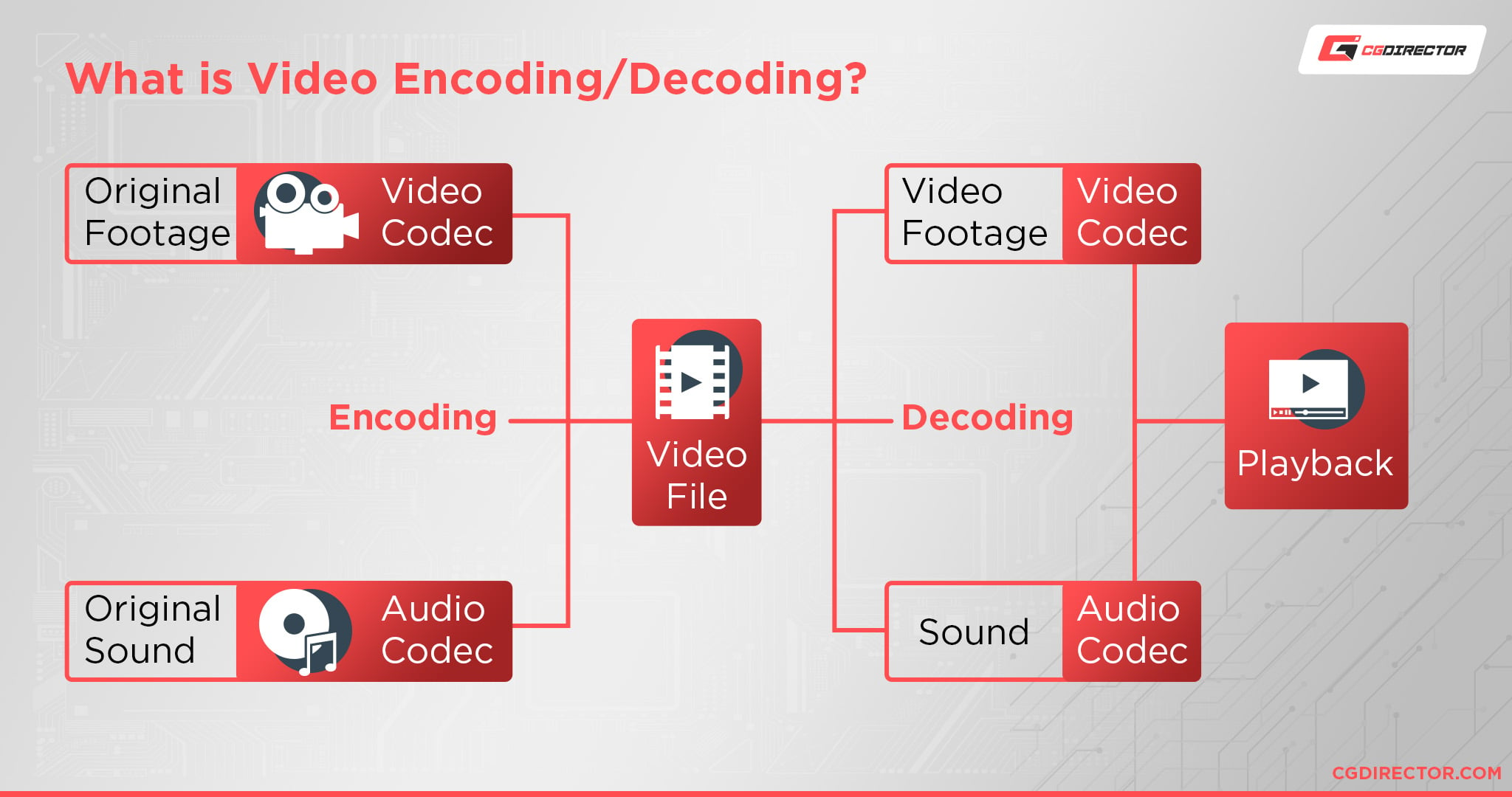
For a unproblematic return with trivial to no effects, the final render time basically boils downwardly to just the elements explored upward 'til now: footage quality/weight, storage speed, and RAM capacity, all limited by your CPU'south throughput.
On a decently high-finish organization (AMD Ryzen 9 5900X and RTX 2080 Ti), this x-infinitesimal render can be completed in nearly real-fourth dimension—faster with GPU acceleration, even.
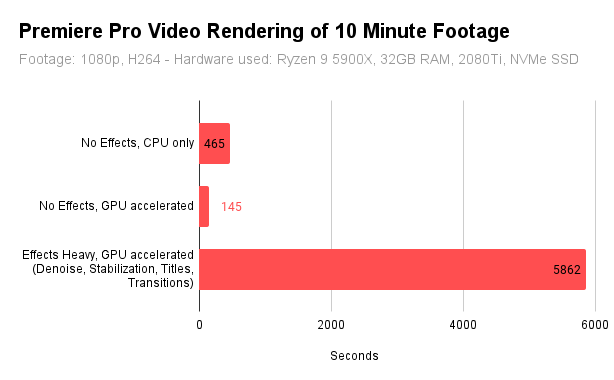
With effects added, though, it becomes a much different story:
Stride 3: Alternate Footage and Furnishings
At present is where everything that isn't your raw footage is existence handled.
If all you did was have some footage and cut it upward with basic or no transitions, this part of the procedure won't thing much to you, since it basically won't swallow any processing fourth dimension.
Only if y'all've put a lot of piece of work into your video editing, especially with color correction, championship effects, stabilization, or denoising you can wait your arrangement to be heavily taxed during this step of the render process.
Your CPU, GPU, and RAM will all be pushed to their limits when rendering an furnishings-heavy video.

Depending on the complication of your project, complex effects and visual edits tin can exponentiate the final return fourth dimension.
Step four: Compress Footage
Now that the heaviest stuff has been dealt with, it's up to your editing software to wrap things upward.
The resulting footage with all of your edits and effects included at present needs to be properly compressed into its final course, and this compression procedure will largely exist washed on your CPU and RAM, with help from the GPU if you're rendering to a codec that is GPU-accelerated.
Like nigh parts of video editing, this is a step in the process where having lots of RAM capacity to spare tin become a long manner.
Since your CPU is basically just stitching and compressing files together at this step in the process, think of improving RAM chapters every bit providing your CPU a larger workbench to piece of work on those files with.
Stride 5: Saving Final Footage
One time everything is done, information technology'south time for the last assembled footage to be saved to your drive.
This function of the process is pretty much exclusively tied to your storage speed, as all the other work has been completed at this betoken and your editing software but needs to deliver you the finished product.
This is usually the fastest part of the proce ss past far, but there may be a noticeable delay between the terminate of the render and the final file being output, particularly with larger files on slower storage.
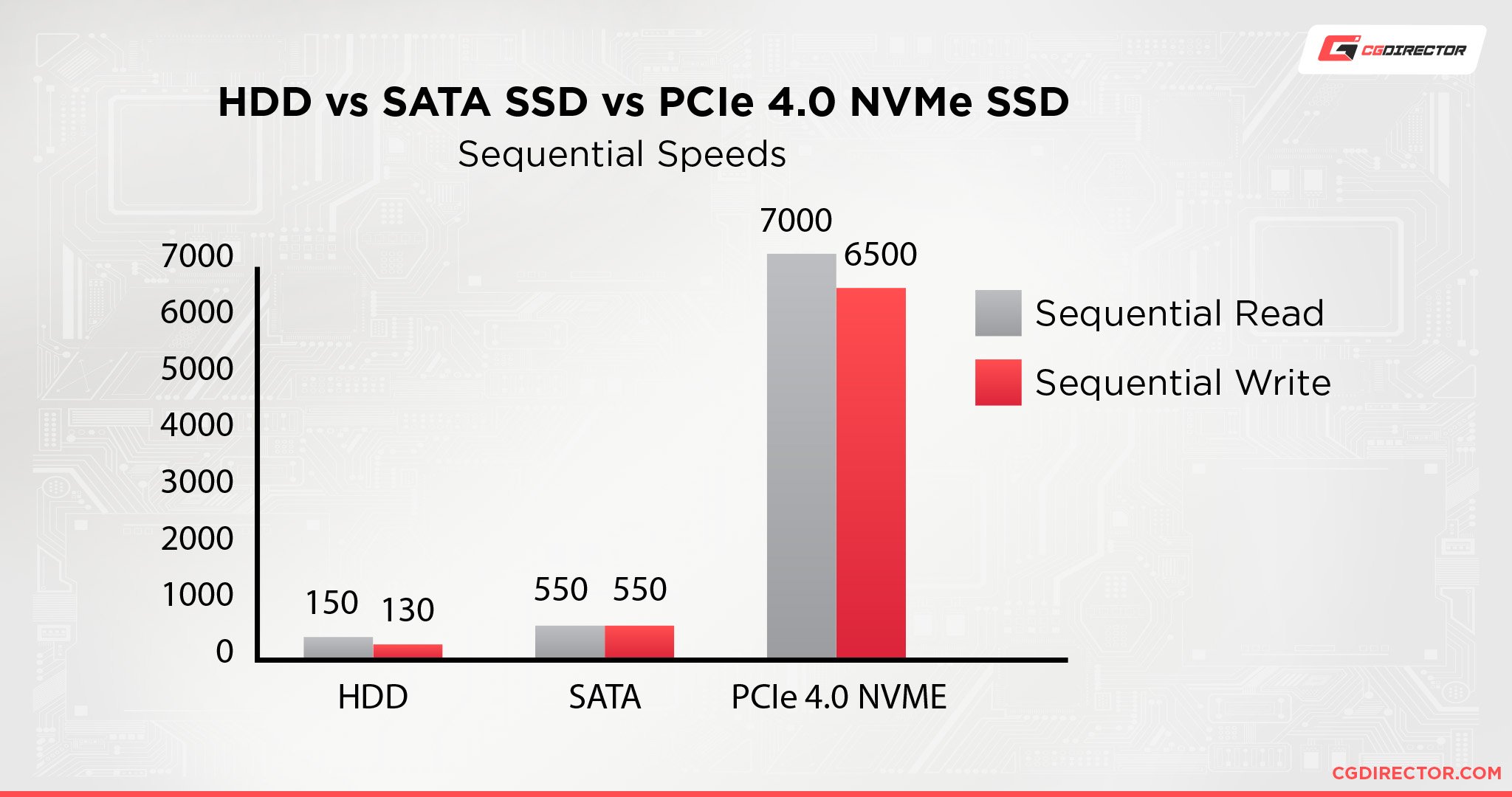
Stick with SSDs, preferably NVMe SSDs, to avoid this!
What factors impact Video Render Time the most?
So, now you understand each step of the video rendering process and how different parts of your hardware are taxed by it.

Equally explored in the benchmarks embedded to a higher place and used to explain the steps of that process, you can too meet that the extent to which you add together effects and brand deeper edits to your video besides has a heavy impact on your render times.
Let's practice a brusque summary.
The time information technology takes to render a Video depends on a lot of things. These tin can exist broken downwards into the v steps of a Video Rendering Process:
- Reading Footage: Depends on the size, resolution, and codec of your Footage, the performance of your storage and the capacity of your RAM
- Decoding Footage: Depends on the size, resolution, and codec of your Footage and the operation of your CPU/GPU
- Alternate Footage / add Effects: Depends on the resolution, bit-depth and complexity of your Project, the amount and complexity of your effects and the performance of your CPU/GPU
- Compress Footage: Depends on the file output resolution, filesize, codec, and the operation of your CPU/GPU
- Save Terminal Output File: Depends on your storage operation and output file size
If nosotros had to sort the above software dependencies past how much they increase rendertime, we'd get the following list (loftier impact on render fourth dimension to depression impact):
- Corporeality and complexity of Furnishings
- Filesize, Resolution, Codec of your Footage
- Project complexity: bit-depth, number of layers
- Output Codec
- Output File Size
If we had to sort the above hardware dependencies by how much they increase rendertime, we'd go the following list (high touch on on render time to low impact):
- CPU functioning: Clock speed more important than a high number of Cores
- GPU performance: CUDA support for select Software + Hardware Codec de/encoding support can accelerate render considerably
- RAM capacity: Sufficient RAM capacity to handle render
- Storage performance: Sequential Read speeds have the highest impact
At this betoken, nosotros've washed the work to constitute what makes video renders take long and what pieces of hardware need to exist up to snuff to enable faster renders—namely, your CPU, RAM, and storage, simply sometimes your GPU as well.
Merely, how long should you actually expect a video render to take?
I think it's fair to say that yous aren't getting anywhere near real-fourth dimension renders at 1080p until you commencement using Ryzen nine-tier processors, which outset at around $400—and even then, once y'all add a lot of effects into the equation, information technology'll however take a lot longer than that.
The merely style to preserve nearly real-fourth dimension render operation at that point is to enable GPU acceleration if it's an option for your editing software.
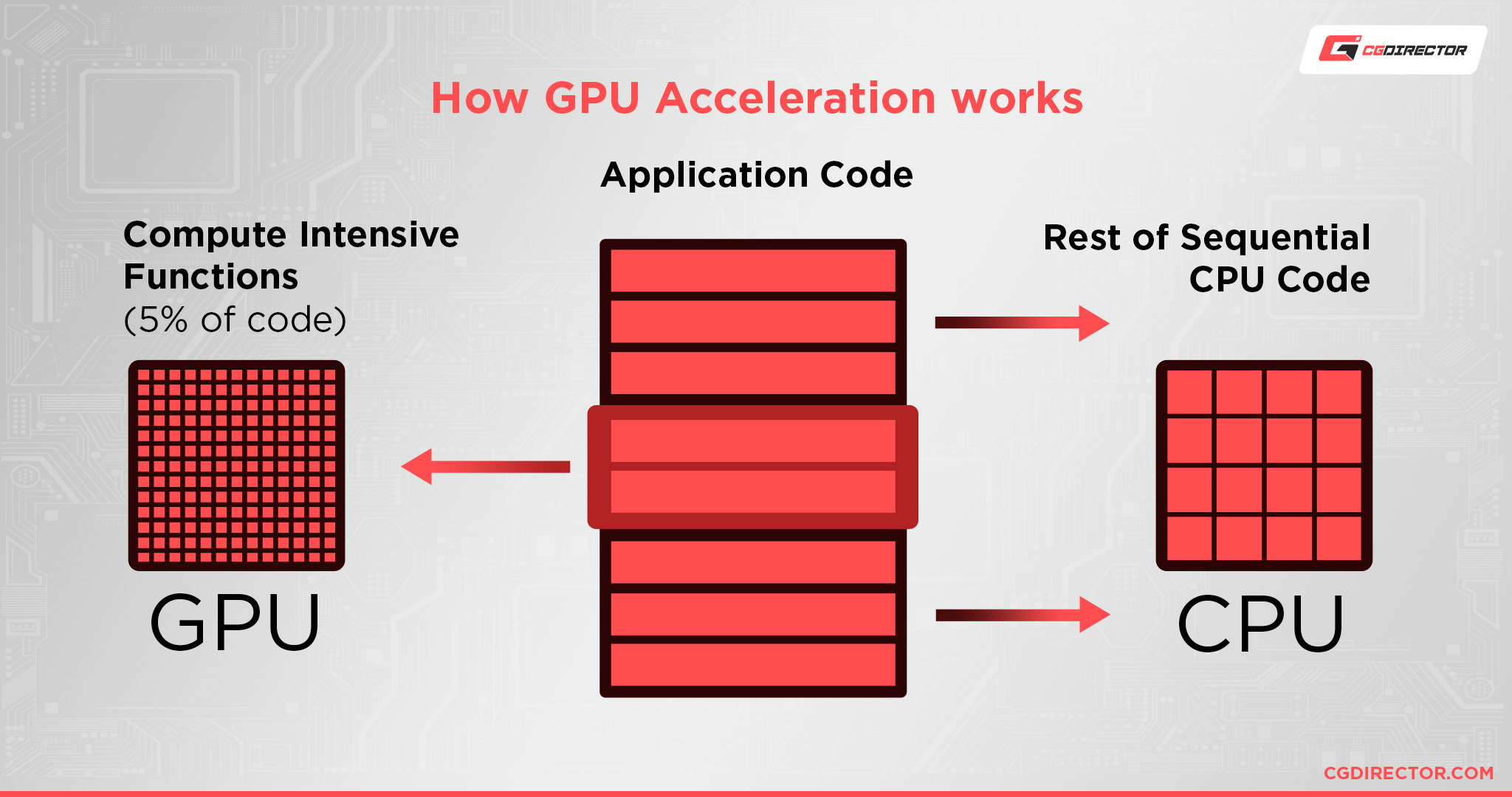
Ultimately, the biggest determiner of your final rendering time is going to be down to your CPU's performance.
Without a powerful CPU on paw, rendering fifty-fifty a minute of footage can take frustratingly long.
A neat selection for speeding upwardly video renders across the board is using your discrete GPU for render acceleration, if y'all take the option.
Your GPU return quality may not be quite as clean as your CPU's, though, and so I highly recommend likewise enabling a two-pass render if you'll be accelerating with GPU, just to keep your visuals equally polished as possible.
Following our Ryzen 5000 Series benchmarks , the Ryzen 9 5900X achieves a solid 22046 in Cinebench R23'south Multi Score.
Allow'southward call the threshold for roughly real-time CPU rendering of lightly-edited 1080p footage to be nigh here, in terms of multi-core operation.
The Ryzen 5 5600X, past contrast, lands a score of 11201 in the same Cinebench R23 Multi-Cadre benchmark.
The 5600X has vi cores compared to the 5900X's 12 cores, and then this…basically lines up exactly how I expected. Starting at this mid-range level, look your lightly-edited 1080p videos to take at least twice as long to render as their last length.
Of course, this is but the instance if your render scales linearly with the number of CPU cores, which only holds true upward to a certain number of cores. If you had a CPU with, say, 64 Cores, yous wouldn't be able to make use of all of those. The sugariness spot currently lies anywhere between eight – sixteen Cores, depending on your type of project.
Rendertime increases yet more than depending on your effects and edits, too as any bottlenecks you might run into (especially with RAM chapters, which slows the process to a halt when forced to fall back on storage for memory direction).
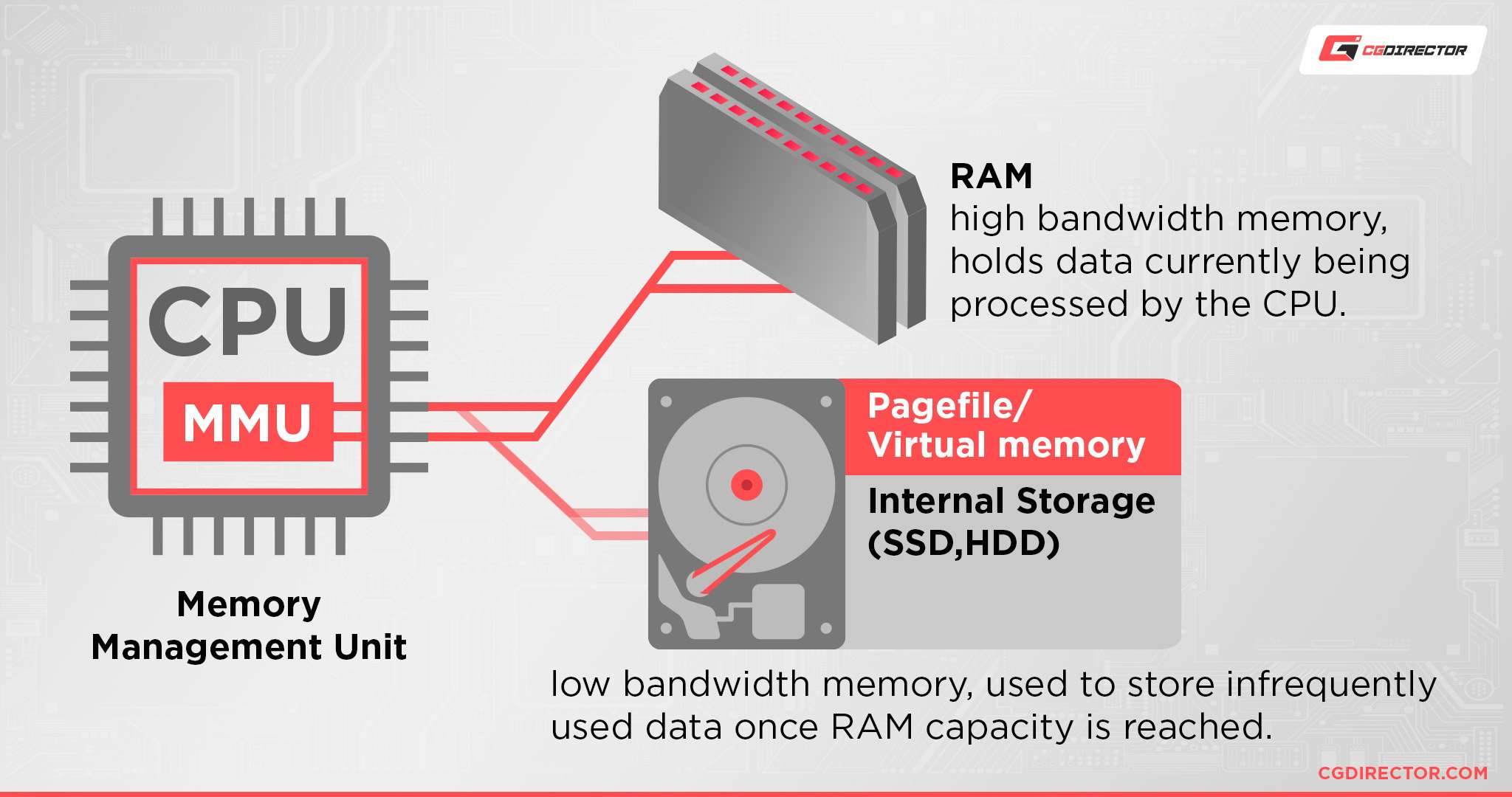
This likewise ties into an important point about CPU operation:
In most workloads, CPU performance is more than reliant on unmarried-core functioning than multi-cadre operation, due to the lack of optimization for multiple cores.
How Long Does It Have To Render a Video? Typical Examples.
We've already established that video render times can vary drastically depending on a lot of factors.
Let's put all that bated and take a expect at some typical examples that I've nerveless through the many years of rendering videos on a daily basis.
To make these examples every bit average and mainstream as possible, I'm using a mid-tier PC valued at 1000$ (Ryzen 7, 3060, 16GB RAM, NVMe SSD) and Laptop valued at 1250$ (similar performance as the PC) for these.
Examples of how long video rendering takes for a 1-minute-long video:
- 1080p Footage and Projection – No Furnishings, simply editing, basic Audio: 1 Minute
- Add together some transitions, Title Furnishings, Graphics: two Minutes
- Added Color Grading, Lens flares, Heaven replacement: five Minutes
- Added Footage stabilization, denoising: 10 Minutes
- All of the above but in 4K: 30 Minutes
FAQ
How do I choose a CPU for Video Editing?
As established higher up, mid-range (Ryzen 5, Intel Core i5) CPUs are basically your entry-level, and are arguably non enough if you're doing this with keen frequency or will exist working on large-scale video projects in general.
Beyond this, I basically just recommend getting the all-time modernistic high-end CPU with cores and threads to spare for your video editing needs, merely there are actually a lot of nuances that get into this, especially if y'all're shooting with particularly high-quality cameras.
I recommend heading over to Peter Vukobrat's commodity on How To Cull a CPU For Video Editing if you lot demand more detailed guidance on this particular topic.
My main goal with this article was breaking down the video rendering procedure and the factors that impact the return time, not and then much being a proper buying guide—Pete'due south got ya covered in that location.
How do I choose a GPU for Video Editing?
What if you want to put the "Video" in "Video Card" to work and starting time focusing on your GPU for video editing?
Fortunately, you shouldn't demand to intermission the bank in this regard. Fifty-fifty mid-range GPUs from AMD and Nvidia (mostly Nvidia due to compatibility reasons) are perfectly capable equally video editing GPUs.
The core spec I would focus on when buying a GPU for video editing would be its VRAM, as that will have a big impact on the render process, particularly a GPU render.
The more VRAM for your GPU to piece of work with, the more project files it can manage with less hassle. But for more detailed GPU for Video Editing communication, head over to Peter'southward article .
How do I cull a Monitor for Video Editing?
Last only certainly non to the lowest degree, y'all can't forget about your monitor!
If yous're doing professional video editing or graphics work, a loftier-quality monitor with great color accurateness and gamut coverage is pretty vital.
All the horsepower in the globe won't matter if your final render looks similar crap on your client, customer, or even casual viewer'south screen.
For a detailed breakdown of core monitor specs, or just a simple Video Editing Monitor Guide, head over to Alex's article !
He has a list of tailored monitor recommendations there, likewise as exhaustive particular on various monitor specs and concerns relevant to professional displays.
Over to You
And here nosotros are. "How long does it take to render a video" is non an easy question to answer in the abstract, but if you read this article, you should accept a fairly solid understanding of how to answer information technology in relation to your own hardware and project telescopic.
Leave a comment beneath or head to the CGDirector Forums if y'all have any remaining questions—I or another team fellow member will be happy to help when nosotros become the chance. Until then or until next time, happy editing! And don't forget to 2-pass that GPU render! Trust me on this one.
CGDirector is Reader-supported. When you purchase through our links, we may earn an chapter commission.
Source: https://www.cgdirector.com/how-long-to-render-a-video/

0 Response to "How Long Does It Take To Render A Video"
Post a Comment